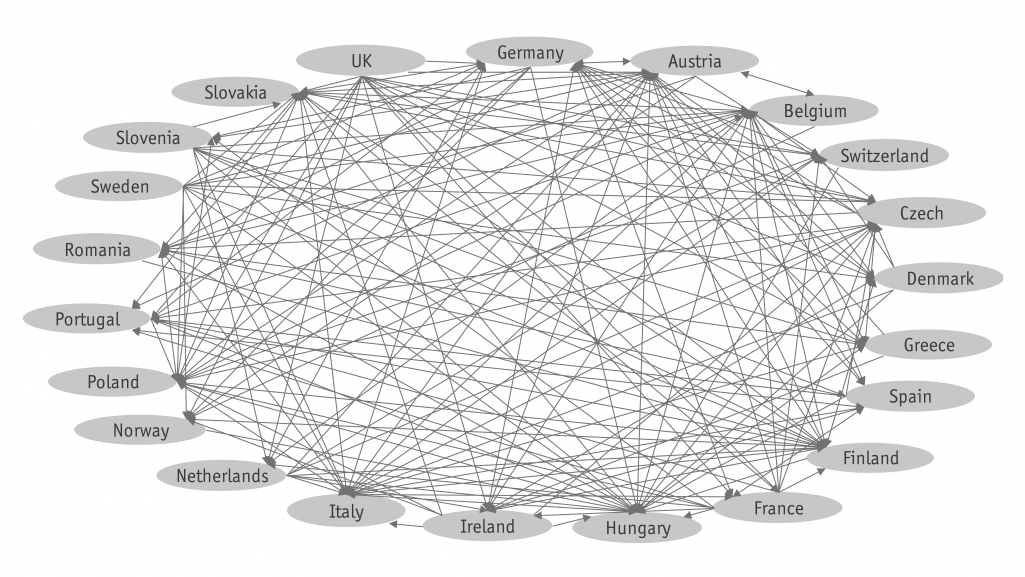Strategic Pricing
The challenge
Between opportunity and threat
Pricing medication, medical technology products and digital health applications (DiGas) is, as before, one of the most important control levers for a company's success. The arbitrary launch price prejudices the later amount reimbursed by the health insurers to a certain extent. Therefore, multiple factors must be taken into account when determining the launch price.
Although price determination mechanisms differ from country to country, they do influence one another. The European reference pricing system for medication is an impressive example of this fact. Accordingly, national decisions may result in unforeseeable international price spirals.
In addition, pricing is influenced by the dynamics of the price level of the peer group in the same indication. In particular, the expiry of patents and the expected competition from generics or biosimilars, setting significantly lower price points, are of decisive importance here.
Thus, the core questions of strategic pricing are:
- What is the rationale for setting the launch price?
- Which comparable products are suitable as benchmarks?
- Which discount on the launch price can be expected in the course of the respective negotiation procedures?
- Which influence does a pricing decision have on the price in other countries?
- What does this mean for the business case of the company?
Innovative therapies requiring innovative pricing
Highly innovative therapeutic approaches are increasingly entering the market for which current traditional payment models have limitations. Out of this category, gene therapies are the most prominent representative, which have the potential to provide a permanent cure of a previously serious genetic disease for patients with only one single treatment. However, payers in the healthcare system are confronted with a reimbursement dilemma of these novel therapeutic approaches, as the prevailing reimbursement logic is based on upfront payments and the SHIs are obliged to full payment at the time of administration. The health insurance companies are therefore confronted with very high therapy costs in the short term, while therapeutic effects and the amortization of therapy costs only becomes apparent in the long term. Moreover, the risk of therapy failures and missing long term effects is only carried by the SHIs, which can be taken into consideration by manufacturers by developing innovative reimbursement and pricing models.
The solution
Harmonizing internal and external perspectives
The launch price is usually defined from the internal economic logic of the company (cost plus approach) and is based on the sales expectations of the commercial business units. The external view of the price involves the payers, but also the prescribing physicians and, last but not least, the patients concerned. Both perspectives must be combined and harmonized in order to define an optimal price point that ensures the greatest possible economic success and guarantees that as many patients as possible can benefit from the innovation.
Understand connections
Reference price systems have a large effect on the business case in Europe and outside Europe (e.g. Japan). On the other hand, prices in other European countries directly affect the price in Germany with respect to reimbursement amount negotiations. Therefore, well-thought-out strategic pricing requires both knowledge of all influencing factors by the individual HTAs and of the interdependence of countries between one another.
Taking new pathways and seizing opportunities
Although classical pricing mechanisms fail, the range of strategic options for innovative pricing and contractual arrangements is tremendous. New reimbursement models, such as a performance-based reimbursement agreement (pay for performance, P4P), payment by instalments or full refund in the event of therapy failures provide new opportunities for manufacturers.
Our Approach
Overall systemic analysis
We bring in the external perspective and combine it with the internal view of the company. This is achieved through interviews or advisory boards with payers, physicians and patients, and on the basis of a comprehensive precedent analysis that evaluates all therapeutic options under consideration. We compare this view with the internal perspective of the company and harmonize both to form the basis for the final determination of the launch price and for the definition of the floor price, i.e. the absolute economically justifiable minimum reimbursement amount.
Decisions arise from eventualities
SKC systematically deciphers the various dependencies in the European reference pricing system and presents them transparently in realistic scenarios. This gives pricing decisions makers complete confidence.
Across national borders and obstacles
Our experience shows that communicating the specific complexity of the German market to headquarters represents a special challenge. For this reason, SKC also supports coordination with European and international organizations and, when necessary, conducts its own market research on pricing.
-
Pricing strategy development
Development of market access strategies, pricing and contract strategies, positioning strategies, or go-to-market strategies for pharmaceutical, medtech or digital innovations.
-
Market landscaping and price modelling
Identification and profiling of direct and indirect competitors and pricing implications. Development of national or international pricing models. Conduct of payer advisory boards. Read more about our consulting services regarding market analyses here.
-
Cost-effectiveness assessments
Preparation of structured and stakeholder-specific cost-benefit evaluation (incl. Excel modelling) to assess and demonstrate the economic benefits and cost-effectiveness of medical products.
-
Price and discount management
Management of prices and discounts for pharmaceutical, medtech or digital products along the entire life cycle.
-
Price modeling and discount calculations
Development of price models for the preparation of contract negotiations with health insurance companies or the German statutory health insurance (GKV-SV) according to §130a, §130b and §130c SGB V for the determination of reimbursement amounts for drugs. Development of performance-based reimbursement models, risk-sharing or cap models.
-
Strategic pricing and price strategies for gene therapies and ATMPs
Pricing strategies specifically tailored for gene therapies and ATMPs. Development of innovative and performance-oriented reimbursement models (Pay-for-Performance – P4P). Exploration, support and preparation of contract negotiations with individual health insurers or health insurance associations.
-
Price negotiations with the German statutory health insurance (GKV-SV)
Strategic support, preparation, simulation and assumption of negotiation leadership in price negotiations with the German Statutory Health Insurance (GKV-SV) for pharmaceutical products according to §130b SGB V and digital health applications according to §134 SGB V.
Get in touch

Founder and Managing Director
Fax: +49 511 64 68 14 18


